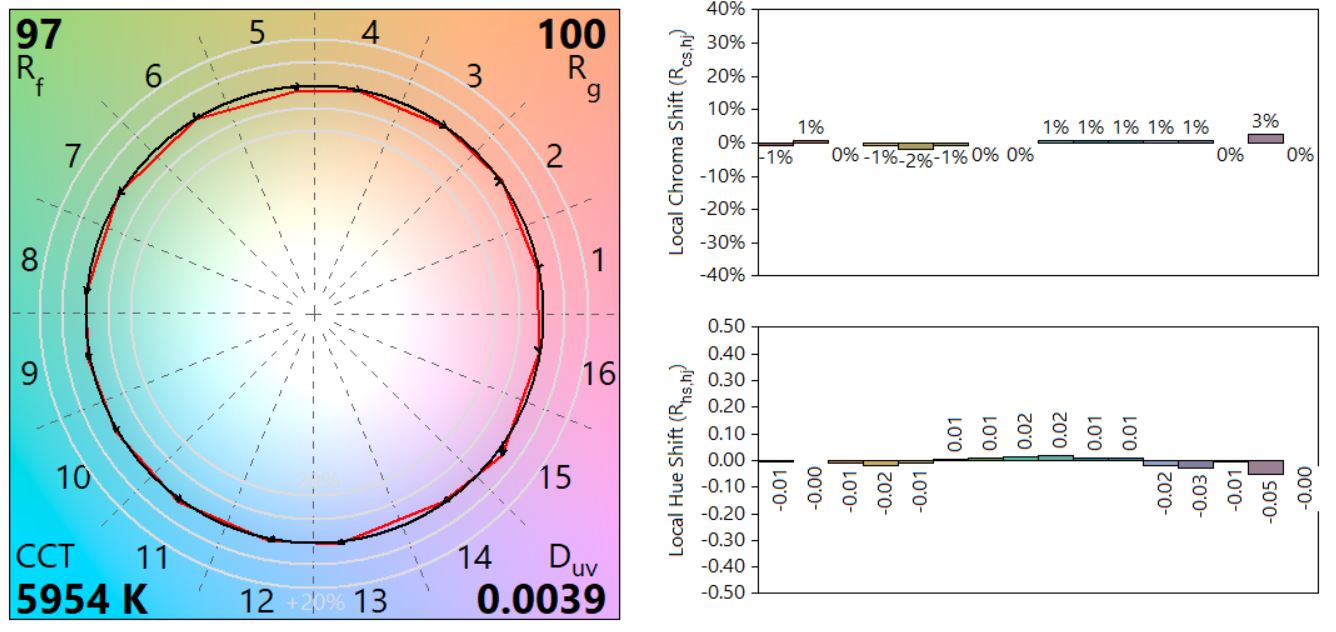A full spectrum LED solar simulator or artificial sun can be produced in small form factors compared to the bulky traditional solar simulation instruments that use arc lamps having a large footprint and consume significant electrical power. By using phosphor-converted LEDs (pcLEDs), it is possible to produce compact and energy efficient solar simulators by employing solid-state lighting (SSL) technology. SSL devices can be made tunable to mimic the solar spectrum throughout the day or at different altitudes with very few LED channels.
We can help build a full spectrum LED solar simulator that comply with various standards such as IEC 60904-9, ASTM E927-19, and JIS C 8912. Down-converting phosphor technology can be used to significantly improve the spectral content (or spectral match), the spatial uniformity, as well as the temporal stability of the sunlight simulator. With an optimized design, a pcLED solar simulation instrument can achieve performance levels in any of the three classes required for such devices, including A, B, or C. By combining LEDs with available phosphor technology, even the A+ classification is within reach in the spectral range between 300 nm to 1200 nm.
Unlike LEDs and lasers, phosphor emission spectra generally have broad bandwidths approaching or exceeding 100nm full width at half maximum (FWHM). On the other hand, the full FWHM of a typical monochromatic LED varies between 20 and 30 nanometers. Therefore, one phosphor composition can, in principle, replace between 3 to 5 different single color LEDs. Multi-color LEDs generally require different electronic drivers since they have different voltage and current requirements. On he other hand, a phosphor-converted LED only requires one driver to operate and several phosphors can be mixed together and used with a single LED color wavelength. This makes it possible to produce a very broadband spectrum with just a few (even one) phosphor-converted LED channels. If no phosphors are used, the required number of LED channels needed to generate a UV-Vis-NIR solar spectrum will be significantly higher and far more costly to achieve.
The light spectrum below was achieved using a single channel of blue LEDs with a single remote phosphor element. Tunable spectra were also demonstrated using two blue channels that can continuously adjust the color temperature between daylight (~6000K) all the way to warm white (<3000K) for sunrise and sunset lighting effects. This is a re-creation of the Vis-NIR Solar Spectrum using phosphor-converted Blue LEDs. The ultraviolet (UV) spectral range can also be added using a phosphor-converted UV LED.

Overlap between LED solar simulator and daylight solar spectra

IES TM-30-18 Color Vector Graphics & Icon Plot